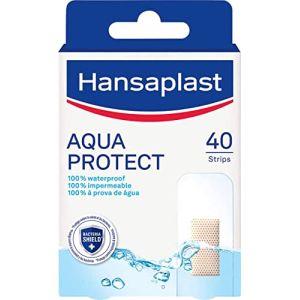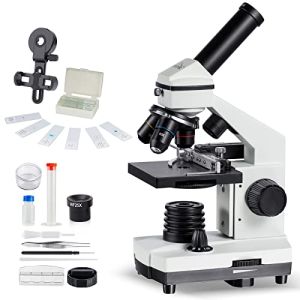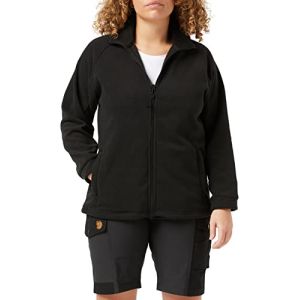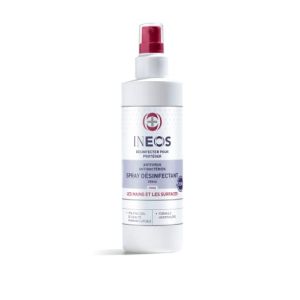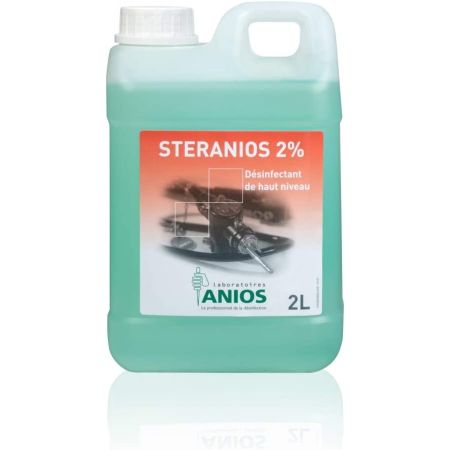
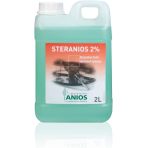
Steranios 2% Concentrated Disinfectant - 2 Litres of Cleaning
STERANIOS 2% concentrated disinfectant, ideal for cleaning.
- Effective sterilization
- Capacity: 2 litres
- Brand: Anios
- Professional use
- 2% concentrated
Estimated shipping time: 3 business days
A trusted intermediary
Certified professionals
Secure transactions
Certified professionals
Secure transactions
24.99€ Excl Tax
29.99€ Incl Tax
Estimated delivery on 22/12/2025
Out Of Stock
Sold by
Amazon
Customer reviews
Read reviews
Specifications
| SKU | B00B1QB6BY |
|---|---|
| EAN |
ND
|
Description
Description - Steranios 2% Concentrated Disinfectant - 2 Litres of Cleaning
The STERANIOS 2% concentrated disinfectant in 2 litres is a specific product designed for healthcare professionals. Manufactured by the Anios brand, this disinfectant is ideal for ensuring effective sterilization of surfaces. Its concentrated formulation allows for optimal use, making cleaning simpler and more effective. The 2-litre capacity ensures prolonged use, suitable for the daily needs of healthcare facilities.
Reviews (0)
 Francais
Francais 

